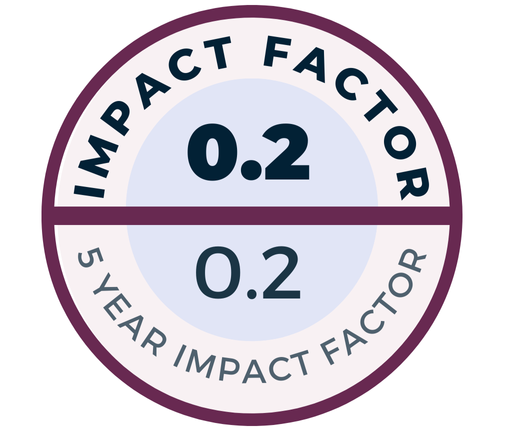Objective: The purpose of this study was to demonstrate the vascular contact patterns of the facial nerve (FN) on three-dimensional fast imaging employing steady-state acquisition (3D-FIESTA) magnetic resonance imaging (MRI) and evaluate the correlation between these patterns, House-Brackmann (HB) grades and outcomes in Bell's palsy (BP).
Methods: Fifty-two patients with BP and 25 healthy controls were included in the study. Besides, a third group was formed by the asymptomatic sides of 52 patients. The vascular contact patterns of the FN on 3D-FIESTA MRI were classified with regard to the presence, number and anatomic location of the contact.
Results: A significant difference was found between the groups in terms of vascular contact patterns of the FN (p<0.001). Multiple vascular contacts were more prominent in the symptomatic sides of the patients. There was a positive statistical correlation between vascular contact patterns and HB grades at presentation and at the 3rd week and 3rd month follow-ups (r=0.335; p=0.015, r=0.587; p<0.001 and r=0.493; p<0.001).
Conclusion: Multiple vascular contacts of the FN on 3D-FIESTA MRI were found to be more common and associated with poor recovery in BP. Thus, 3D-FIESTA MRI may provide prognostic information in BP.

.jpeg)
